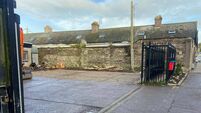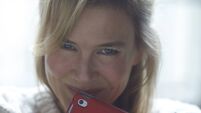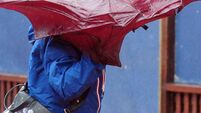Sardinia’s mountain wildlife plentiful
Now, we are visiting Italian and French islands.
We haven’t yet reached the latter but will take the regular ferry from the small, somewhat tourisised town of Santa Teresa di Gallura in Sardinia, to Bonifacio in Corsica, which comprises two departments of France.













